Filter by

Group Cognitive Behavioral Analysis System of Psychotherapy (Group-Cbasp) Ad…
Group Cognitive Behavioral Analysis System of Psychotherapy (Group-CBASP): Adaptation to a Group Modality for the Treatment of Chronic Depression
- Edition
- -
- ISBN/ISSN
- 9789535111474
- Collation
- -
- Series Title
- -
- Call Number
- -
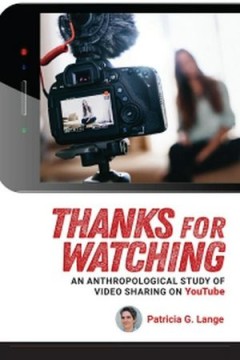
Thanks for Watching: An Anthropological Study of Video Sharing on YouTube
YouTube hosts one billion visitors monthly and sees more than 400 hours of video uploaded every minute. In “Thanks for Watching,” Patricia Lange offers an anthropological perspective on this heavily mediated social environment, demonstrating how core concepts from anthropology—participant-observation, reciprocity, and community—apply to sociality on YouTube and how to reconceptualize an…
- Edition
- -
- ISBN/ISSN
- 9781607329473
- Collation
- -
- Series Title
- -
- Call Number
- 301 LAN t

Somalis in the Twin Cities and Columbus: Immigrant Incorporation in New Desti…
Somalis in the Twin Cities and Columbus seeks to understand the integration outcomes of refugees in the Midwest at local and state levels to show how communities struggle with political, social, and economic incorporation. While many immigration titles examine the Latino community, this book focuses on the black Muslim Somalis, providing an important understanding of the lives of this understud…
- Edition
- -
- ISBN/ISSN
- 9781439914410
- Collation
- -
- Series Title
- -
- Call Number
- 303.48 CHA s
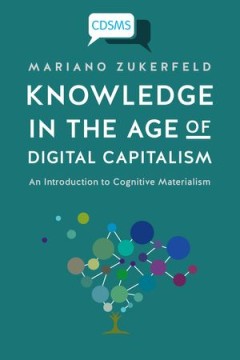
Knowledge in The Age of Digital Capitalism An introduction To Cognitive Mate…
Knowledge in the Age of Digital Capitalism proposes a new critical theory concerning the functioning of capitalism and how we consider knowledge and information. This ambitious book systematically and lucidly introduces contemporary phenomena into the framework of cognitive materialism to address some of the great themes of the social sciences: knowledge, exploitation and social class in an acc…
- Edition
- -
- ISBN/ISSN
- 9781911534242
- Collation
- -
- Series Title
- -
- Call Number
- -
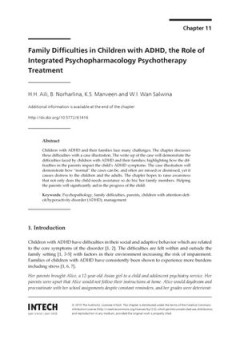
Family Difficulties in Children with ADHD, the Role of Integrated Psychopharm…
Children with ADHD and their families face many challenges. The chapter discusses these difficulties with a case illustration. The write up of the case will demonstrate the difficulties faced by children with ADHD and their families; highlighting how the difficulties in the parents impact the child’s ADHD symptoms. The case illustration will demonstrate how “normal” the cases can be, and …
- Edition
- -
- ISBN/ISSN
- 9789535121664
- Collation
- -
- Series Title
- -
- Call Number
- -
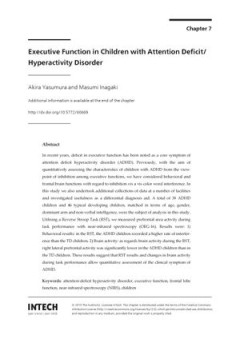
Executive Function in Children with Attention Deficit/ Hyperactivity Disorde
In recent years, deficit in executive function has been noted as a core symptom of attention deficit hyperactivity disorder (ADHD). Previously, with the aim of quantitatively assessing the characteristics of children with ADHD from the viewpoint of inhibition among executive functions, we have considered behavioral and frontal brain functions with regard to inhibition vis a vis color word inter…
- Edition
- -
- ISBN/ISSN
- 9789535121664
- Collation
- -
- Series Title
- -
- Call Number
- -

Evolution of a Disorder and Insights into Prevention of ADHD
Understanding the history of the development of diagnostic criteria for ADHD, the parallel growth of the ADHD drug market, and factors that improve the symptoms of ADHD provides insight into alternative approaches to treatment and the potential for prevention. This chapter sheds light on the rise of ADHD as a diagnostic disorder, and highlights the growth of the ADHD drug market and associated …
- Edition
- -
- ISBN/ISSN
- 9789535121664
- Collation
- -
- Series Title
- -
- Call Number
- -
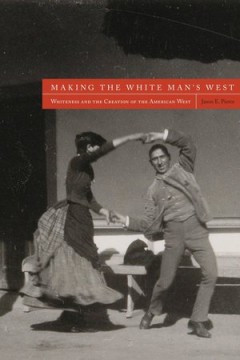
Making the White Man's West: Whiteness and the Creation of the American West
In the early nineteenth century, critics like Zebulon Pike and Washington Irving viewed the West as a "dumping ground" for free blacks and Native Americans, a place where they could be segregated from the white communities east of the Mississippi River. But as immigrant populations and industrialization took hold in the East, white Americans began to view the West as a "refuge for real whites."…
- Edition
- -
- ISBN/ISSN
- 9781607323952
- Collation
- -
- Series Title
- -
- Call Number
- 909 PIE m
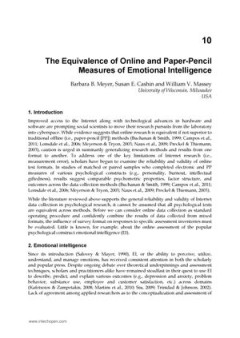
The Equivalence of Online and Paper-Pencil Measures of Emotional Intelligence
The Equivalence of Online and Paper-Pencil Measures of Emotional Intelligence
- Edition
- -
- ISBN/ISSN
- 9789533078380
- Collation
- -
- Series Title
- -
- Call Number
- -
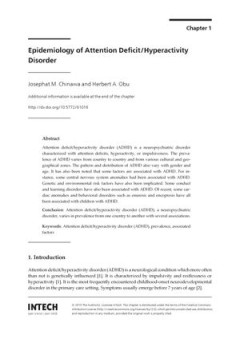
Epidemiology of Attention Deficit/Hyperactivity Disorde
Attention deficit/hyperactivity disorder (ADHD) is a neuropsychiatric disorder characterized with attention deficits, hyperactivity, or impulsiveness. The prevalence of ADHD varies from country to country and from various cultural and geographical zones. The pattern and distribution of ADHD also vary with gender and age. It has also been noted that some factors are associated with ADHD. For ins…
- Edition
- -
- ISBN/ISSN
- 9789535121664
- Collation
- -
- Series Title
- -
- Call Number
- -
 Computer Science, Information & General Works
Computer Science, Information & General Works  Philosophy & Psychology
Philosophy & Psychology  Religion
Religion  Social Sciences
Social Sciences  Language
Language  Pure Science
Pure Science  Applied Sciences
Applied Sciences  Art & Recreation
Art & Recreation  Literature
Literature  History & Geography
History & Geography